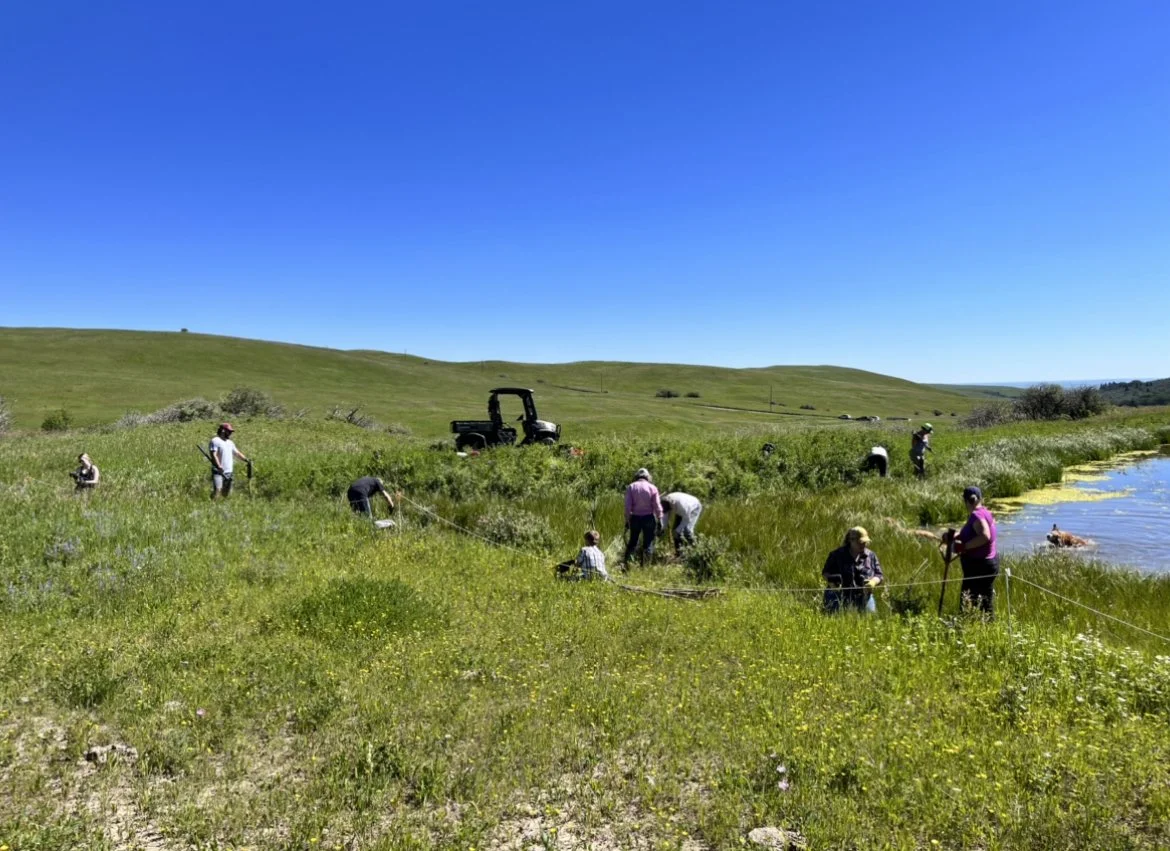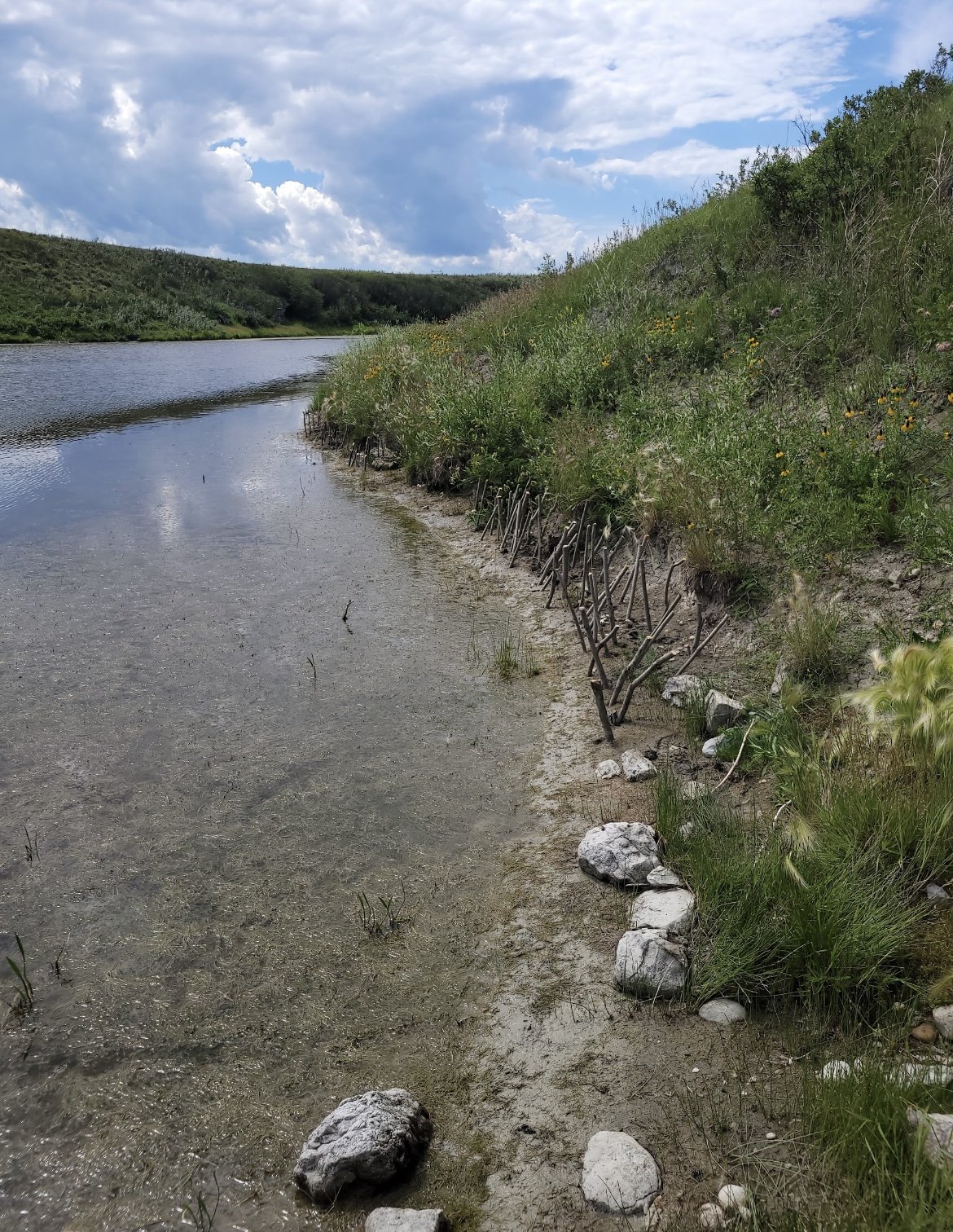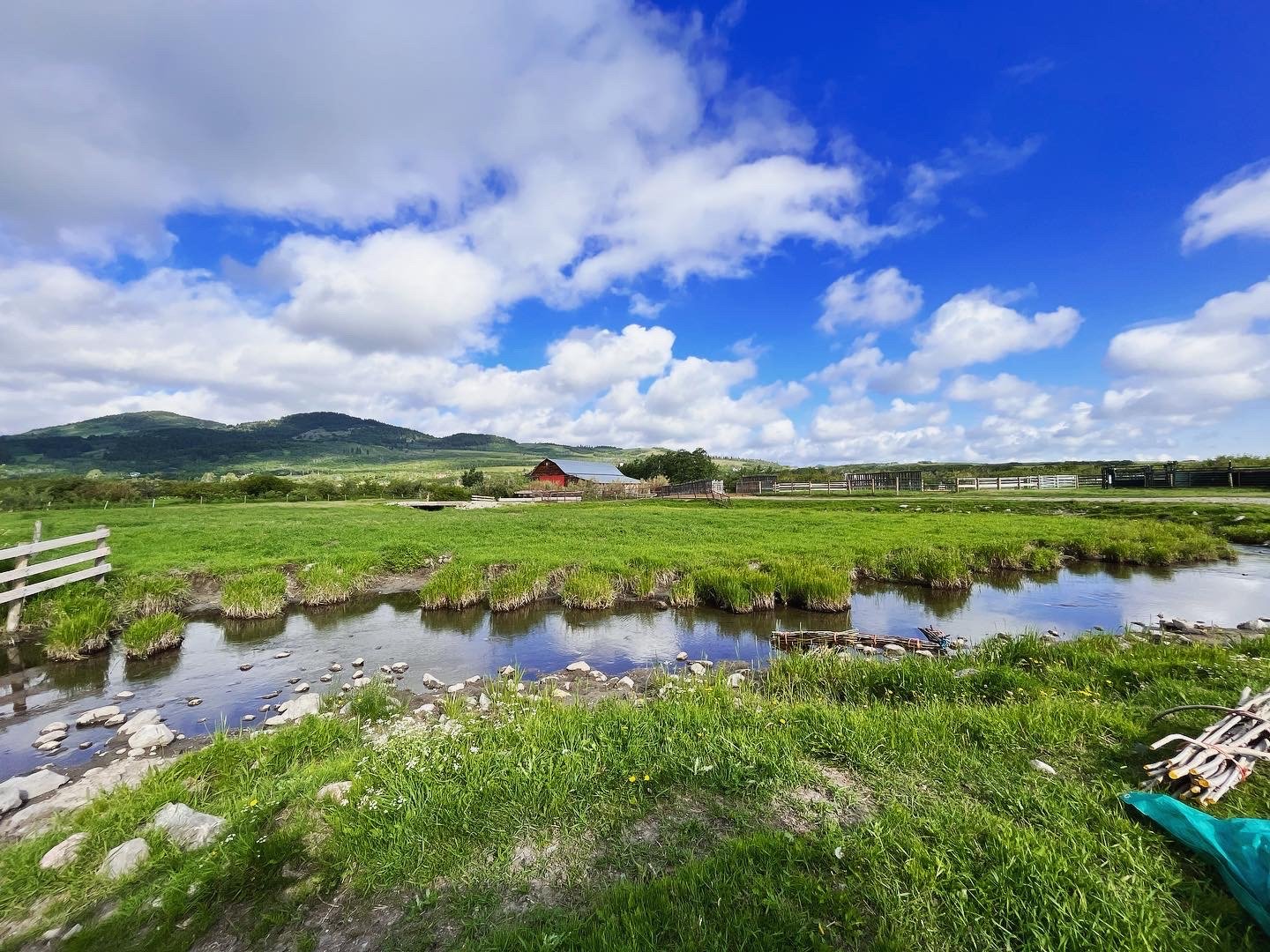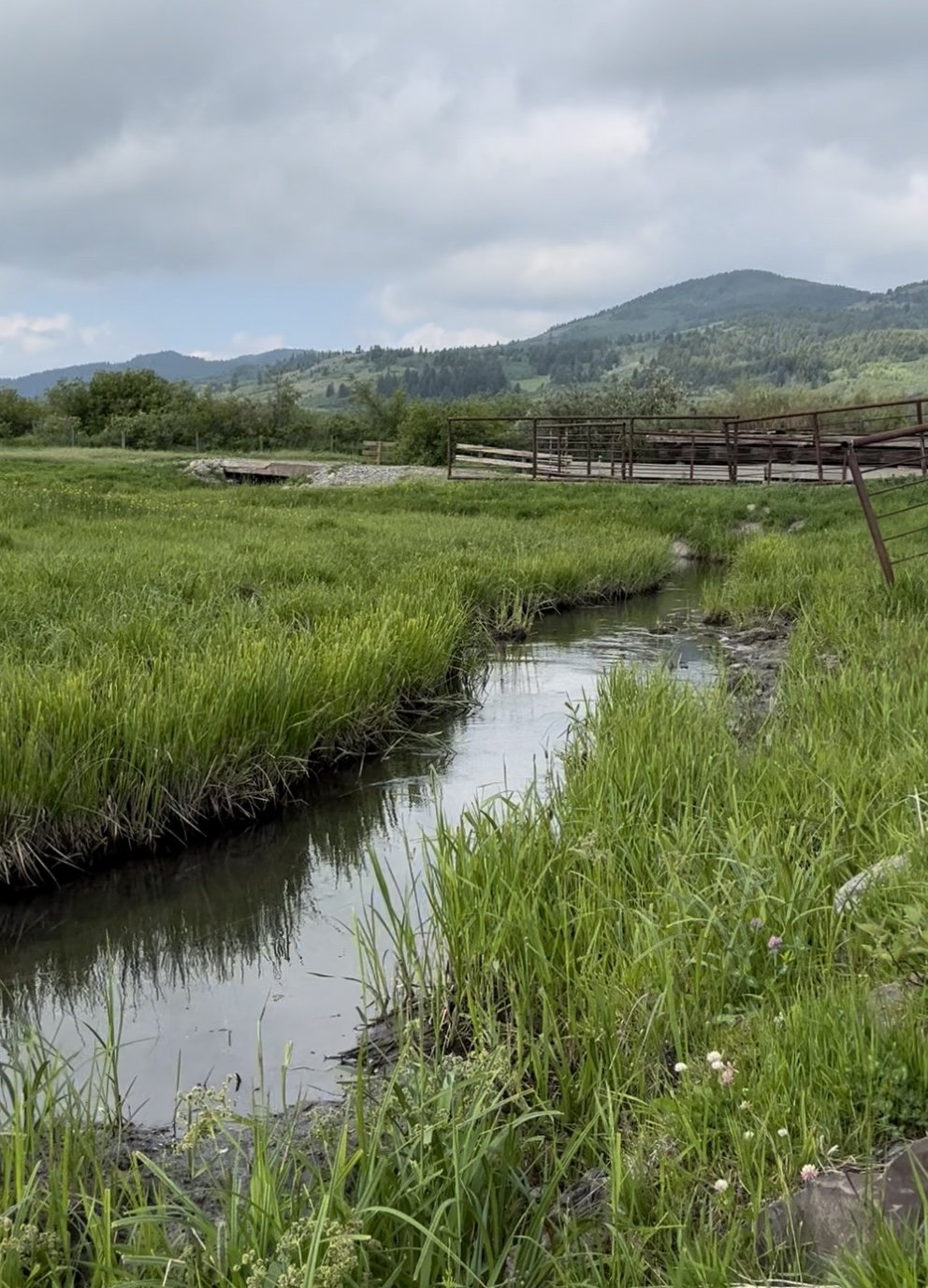by 2022 Watershed Stewardship Assistant, Conlan Donahue
We have been hard at work planting willows all over the watershed! How has all the riparian restoration work that OWC has been doing unfolded so far? Find out below!
The What
We at OWC are excited to inform you, the residents and stewards of the watershed, just how well our willow staking season has gone so far.
To date we have been lucky enough to count:
7 days planting willows
9 riparian sites restored
34 cherished, hard-working volunteers
36 sandwiches devoured from local restaurants
3160 willows planted
The Why
This summer, staff at OWC and our wonderful volunteers have been working hard to restore riparian habitat across the watershed. These activities help restore critical habitat for wildlife, including species at risk such as westslope cutthroat trout and the northern leopard frog. The shelter offered by these willows when they grow big and strong is an important resource. The shade will provide ideal cover for fish and wildlife, as well as reduce evaporation and the severity of drought in our watershed by holding water on the landscape and serving as refuges on the semi-arid landscape. Willows provide flood-related benefits as well. As the roots grow through the soil, they bind the sediment around them, reducing the amount of erosion caused by wind and water. Less soil erosion keeps our river banks more stable and water bodies more clear. Healthy soil helps slow the flow of water over the landscape, reducing the risk of flooding. There is also an aesthetic component to seeing a healthy stream full of flourishing vegetation and wildlife. We could go on about other benefits that willows provide such as filtering runoff or increasing soil moisture, but summer is short so let's get on with it.
The Who
The wonderful faces of our hardworking volunteers. Photos: Conlan Donahue & Dryden Roesch.
We have been extremely fortunate and proud to work with 34 volunteers and landowners who donated their knowledge, time, and energy towards helping us with this important mission. Many of these volunteers have come out to these restoration events multiple times and keep wanting to come back for more! OWC would like to thank our partners Cows & Fish and Piikani Nation Lands Department for all their important contributions to our success this summer. OWC sends their heartfelt gratitude to all those who have been part of the restoration success this summer. THANK YOU!
The How
To find out how we actually plant these willows, take a walk through the photos below.
Just like my coworker Shannon Hart, you will need to bring a bright and contagious smile with you wherever you go. Photo: Rebeca Spencer.
Grab a buddy! Shannon Frank and Dryden Roesch take turns pounding the planting bar into the ground with a sledgehammer. Photo: Shannon Hart.
It's important to dig the planting bar deep into the ground so the willows don't dry out and can help stabilize the soil! Photo: Shannon Hart.
Now move the willows into their new home! We use a rubber mallet to ease them deeper before tamping down the soil to ensure good contact with the willow so it can access water and nutrients as it grows. Photo: Shannon Hart.
Voila! We have found that within a couple weeks our willows are already sprouting their new shoots! Photo: Conlan Donahue.
Woah-Sometimes we are stronger than we know! Broken tools are occasionally part of the process of working hard to restore our watershed. Photo: Conlan Donahue.
The Where
Below are pictures of the sites where we have worked so far this summer. If you haven't been out with us yet you can still live vicariously by scrolling through these photos. Enjoy!
Map of willow staking events with number of willows planted at each site as of July 29, 2022. Photo: Conlan Donahue [below].
150 willows were planted along Beaver Creek at Piikani Nation with the help of many wonderful youth volunteers on a hot, sunny day. Photos: Dryden Roesch [below].
390 willows were planted at a property south of Pincher Creek. Sofie Forsström describes the planting process for our staff and volunteers. Photo: Conlan Donahue [below].
720 willows were planted near water bodies on property west of Claresholm. Photos: Shannon Hart & Conlan Donahue [below].
800 willows were planted at the beautiful Timber Ridge Conservation Site, west of Nanton. Photo: Conlan Donahue [below].
Last but not least, a heaping 1150 Willows were planted at a property near Beaver Mines over the course of 3 days. Photos: Conlan Donahue [below].
It’s safe to say that we've been all over the watershed and that it's been an absolutely fantastic summer engaging with people and landscapes that we cherish so much! Everyone that's been involved in our restoration events has been excited that they are making a difference in local ecosystems with these nature-based solutions.
What’s Next?
See OWC’s 3 part Headwaters Restoration Blog to learn more about the willow planting process. More restoration events will be happening in the fall, and OWC is always looking for volunteers! If you want to be a part of building a resilient watershed where people, wildlife, and habitat thrive, sign up as a volunteer and then make sure to keep your eyes open come September!
More How…
This restoration work is part of OWC’s Community Resilience and Knowledge-Sharing project and has been funded in part by grants from:
Watershed Resiliency and Restoration Program (Government of Alberta)
EcoAction Community Funding Program (Government of Canada)
as well as in-kind support from landowners and partners.





















